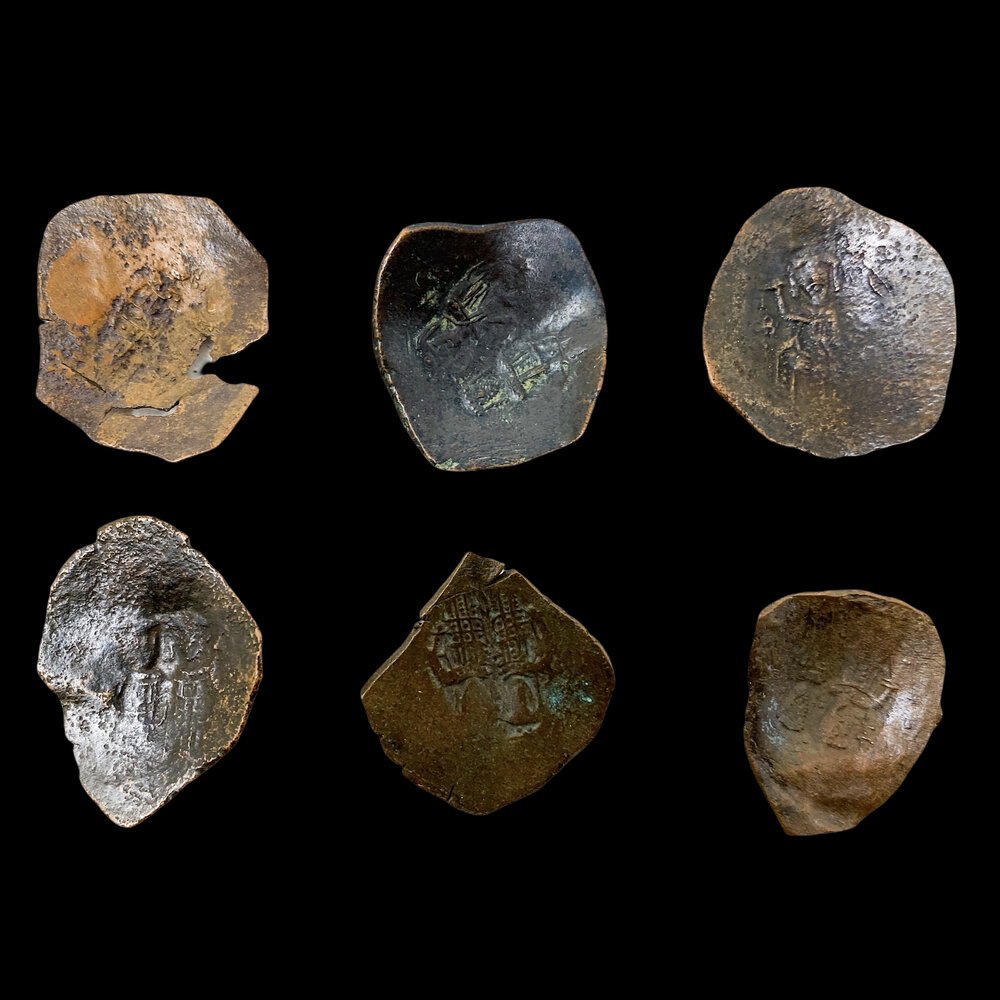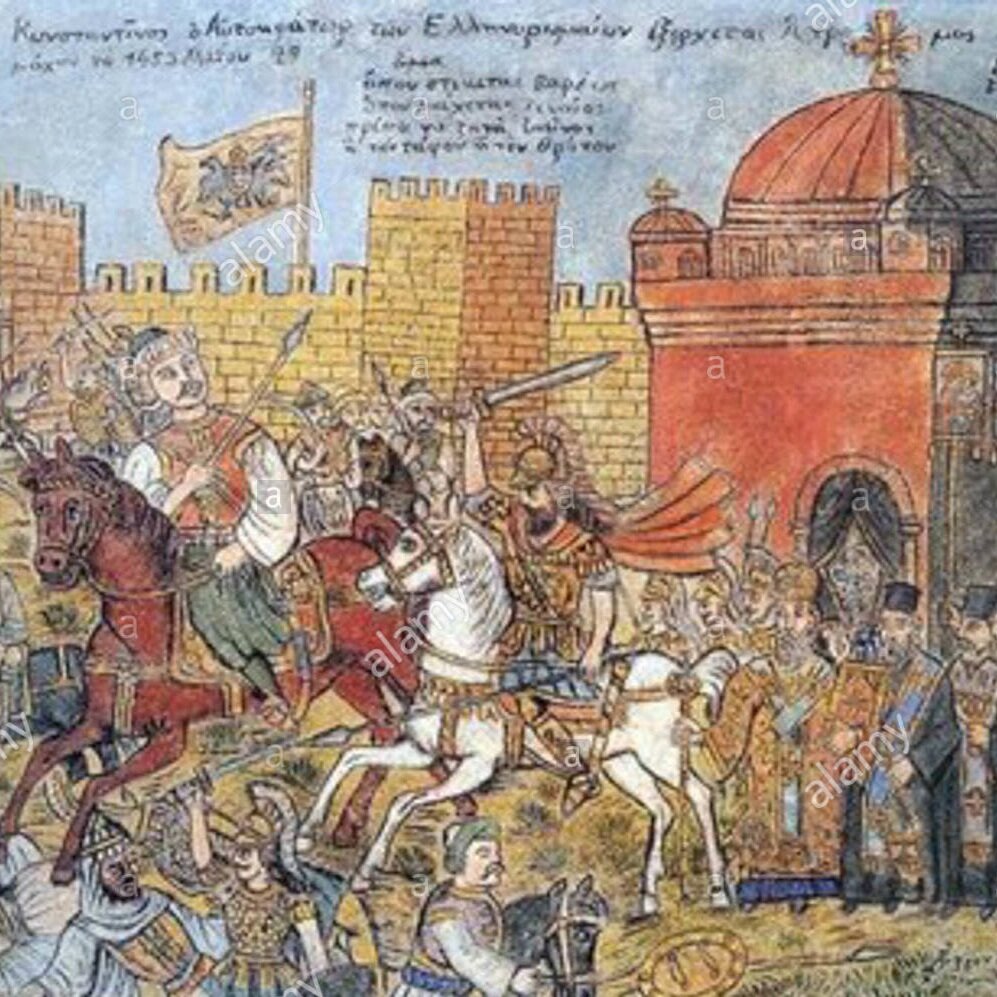1 'Randomly' Selected Excavated Byzantine Empire Bronze Cup Coin


1 'Randomly' Selected Excavated Byzantine Empire Bronze Cup Coin
When we established Premier Relics as one of the growing leading artifact dealers in the United States we wanted to bring authentic, researched, and museum grade artifacts to the general public. This ‘LOT COLLECTION’ was created on the basis of providing real and authentic relics from the past at EXTREMELY affordable prices.
When purchasing an artifact from our ‘Lot Collection’ you will receive one randomly selected artifact from the lot (group) of relics you see in the photo. The photo represents the exact quantity that is originally available as well as one of the randomly selected relics that you will receive. Meaning that one of the artifacts you purchased and receive is pictured in this exact photo.
These are immaculate examples of excavated Byzantine Empire bronze cup coins. Most of the coins in this lot feature Andronicus I Comnenus who ruled from 1183–1185. It is believed these coins were minted in Constantinople.
Byzantine Currency:
These scyphate (cup-shaped) coins known as trachy were issued in both electrum (debased gold) and billon (debased silver). The exact reason for such coins is not known, although it is usually theorized that they were shaped for easier stacking. Byzantine currency, money used in the Eastern Roman Empire after the fall of the West, consisted of mainly two types of coins: the gold solidus and a variety of clearly valued bronze coins. By the end of the empire the currency was issued only in silver stavrata and minor copper coins with no gold issue. The East Roman or Byzantine Empire established and operated several mints throughout its history. Aside from the main metropolitan mint in the capital, Constantinople, a varying number of provincial mints were also established in other urban centres, especially during the 6th century. Most provincial mints except for Syracuse were closed or lost to invasions by the mid-7th century. After the loss of Syracuse in 878, Constantinople became the sole mint for gold and silver coinage until the late 11th century, when major provincial mints began to re-appear. Many mints, both imperial and, as the Byzantine world fragmented, belonging to autonomous local rulers, were operated in the 12th to 14th centuries. Constantinople and Trebizond, the seat of the independent Empire of Trebizond (1204–1461), survived until their conquest by the Ottoman Turks in the mid-15th century.